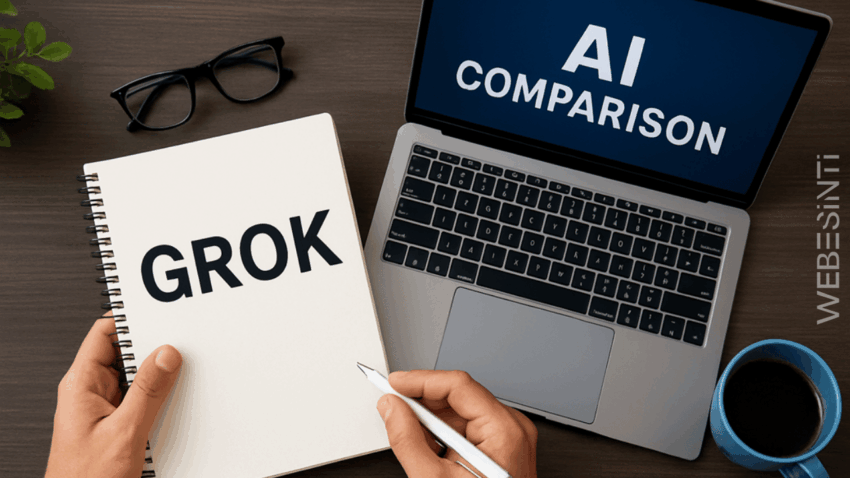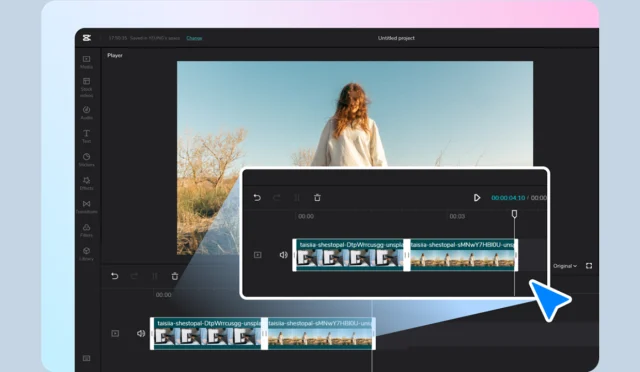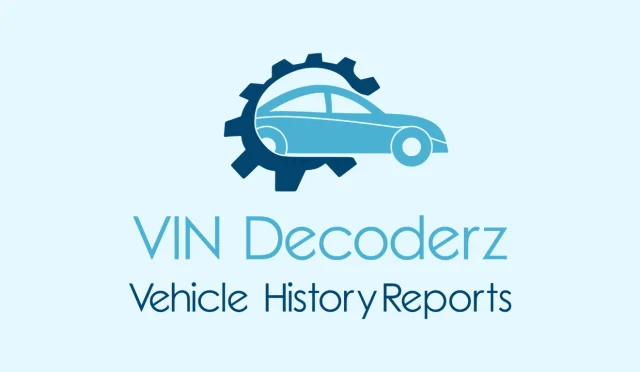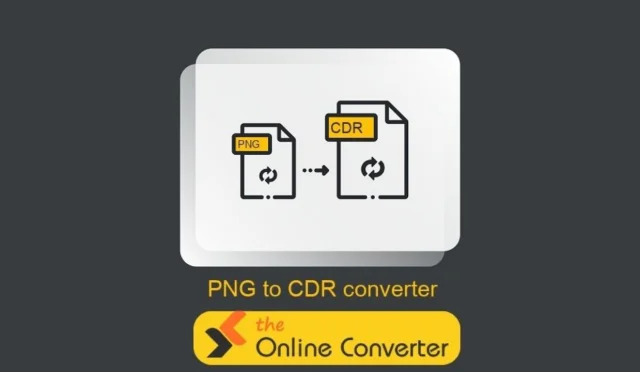Artificial Intelligence (AI) chatbots have revolutionized productivity, creativity, and business interactions. Two prominent examples, Grok and OpenAI’s GPT models, have rapidly gained popularity. But beyond their popularity, choosing the right AI chatbot depends on your specific needs: is speed your priority, or do you value depth and reasoning more? This article helps you decide between speed-driven Grok and depth-oriented models like OpenAI’s GPT-4.
Understanding AI Chatbot Fundamentals
AI chatbots are powered by large language models (LLMs) that predict text sequences based on extensive training on diverse data. Their abilities include content creation, coding assistance, detailed explanations, and human-like interactions. Yet, different LLMs have distinct strengths, typically balancing speed, cost, and response depth.
Speed vs. Depth: What’s the Real Difference?
Speed: Quick Responses, Instant Gratification
Models like Grok are optimized for speed. They produce rapid, concise, and actionable outputs, ideal for tasks requiring fast interaction, like instant customer support, quick content summaries, or high-volume query handling.
Advantages of Speed-Focused Models:
- Instantaneous replies enhance real-time interactions.
- Lower latency and quicker throughput.
- Suitable for scaling large-scale customer interactions.
Limitations of Speed-Focused Models:
- May compromise on the depth of responses.
- Less suitable for complex reasoning and detailed explanations.
Depth: Insightful, Comprehensive Responses
Models like OpenAI’s GPT-4 are designed for nuanced, detailed interactions, prioritizing extensive reasoning and elaborate answers. They’re excellent for complex problem-solving, research-intensive tasks, or high-quality content generation.
Advantages of Depth-Focused Models:
- Robust reasoning capabilities and in-depth knowledge.
- Superior contextual understanding.
- Ideal for detailed content, explanations, or technical tasks.
Limitations of Depth-Focused Models:
- Slower response times due to processing complexity.
- Potentially higher resource and usage costs.
Identifying Your Needs: Real-World Scenarios
Scenario 1: Rapid Customer Service
If your focus is on rapid customer interactions, addressing straightforward inquiries instantly, Grok might be your ideal choice. Its strength lies in swift, clear, and efficient responses.
Scenario 2: High-Quality Content Creation
For content creators, marketers, or researchers who require comprehensive, insightful content, GPT-4 provides unmatched depth. It ensures content is not only well-written but richly detailed and contextually accurate.
Scenario 3: Technical Problem-Solving
In scenarios involving complex technical support, troubleshooting, or intricate explanations, GPT-4 excels due to its ability to understand nuances and context better than quicker, surface-level models.
Scenario 4: Quick Reference and Summarization
When you primarily need quick references, data summarization, or concise outputs for fast-paced workflows, speed-oriented models like Grok shine brightest.
Evaluating Costs and Efficiency
Speed-oriented models typically incur lower operational costs, suitable for businesses needing high-volume, cost-effective interactions. Conversely, depth-focused models might be costlier per interaction but deliver substantial value by reducing follow-ups and clarifying complex issues immediately.
Hybrid Approaches: Combining Speed and Depth
Some businesses benefit from integrating both chatbot types:
- Grok for first-tier interactions, handling simple queries instantly.
- GPT-4 for second-tier, deeper engagements requiring detailed understanding.
A hybrid approach maximizes efficiency and customer satisfaction by blending immediacy with accuracy and depth.
Practical Guidelines to Choose the Right Model
Follow these guidelines to make an informed decision:
- Define Your Primary Goal:
- Speed: Opt for models like Grok for high-throughput tasks.
- Depth: Choose GPT-4 for intricate tasks requiring comprehensive analysis.
- Analyze Your Audience Needs:
- Quick responses for general inquiries vs. thorough explanations for specialized topics.
- Budget Considerations:
- Balance cost-efficiency (speed) against quality and reduced customer follow-ups (depth).
- Future Scalability:
- Consider future growth and whether your chosen model aligns with long-term business objectives.
Conclusion: Choosing Wisely
Choosing between a speed-optimized chatbot like Grok and a depth-oriented model like GPT-4 isn’t about picking the universally “best” option—it’s about aligning AI capabilities with your specific needs. Evaluate your scenarios, customer expectations, and business goals carefully.
Whether your priority is delivering quick customer solutions or providing deep, insightful interactions, understanding the strengths and weaknesses of these AI models ensures you’ll select the right chatbot to empower your goals effectively.







